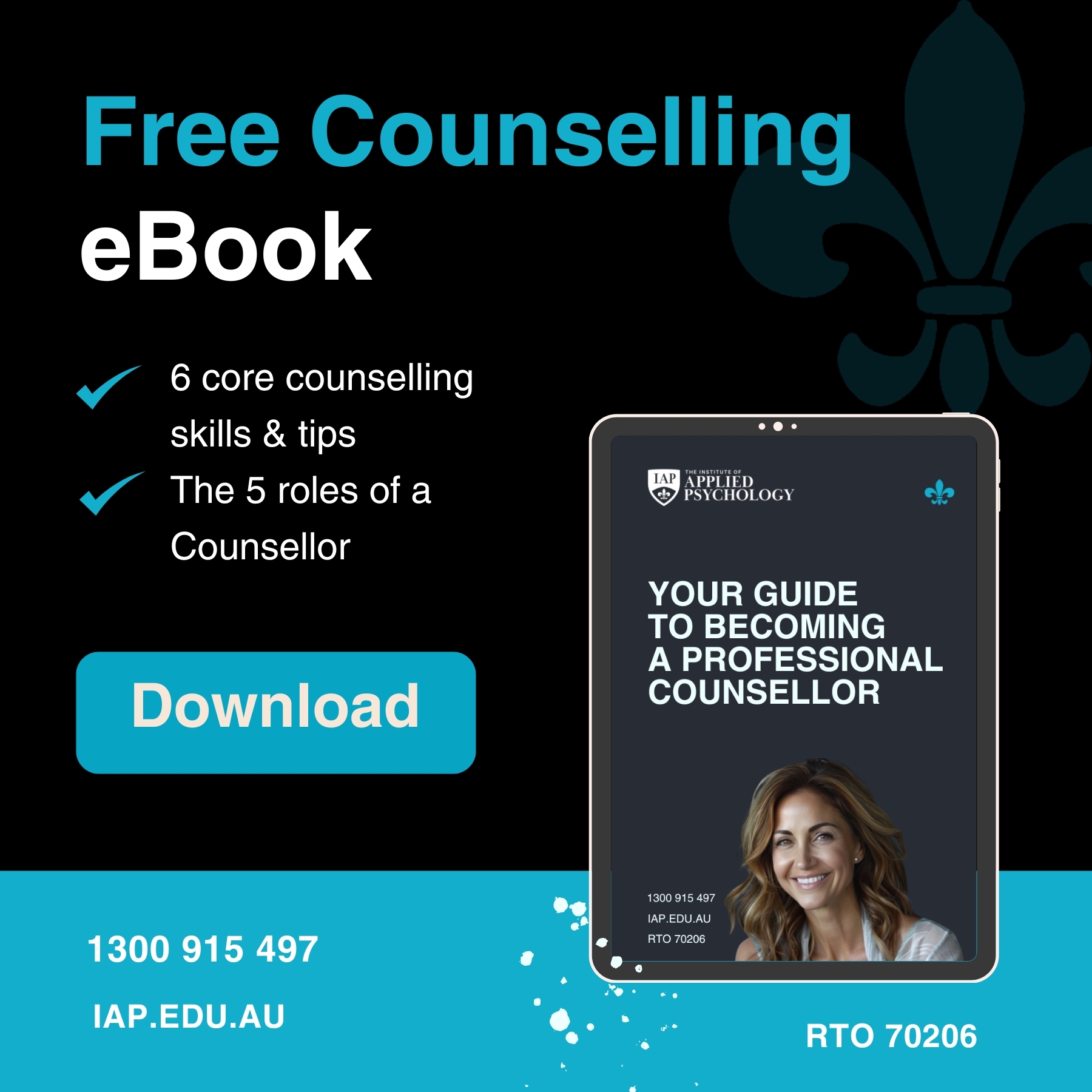Two Free Hypnosis Techniques For Aspiring Clinical Hypnotherapists
Ever found yourself fascinated by how the mind works? Wondered what it would be like to help others change their lives for the better—not just with words, but by guiding them through real, lasting transformation?
Whether you’re just starting to explore the idea of gaining hypnosis certification or you’re already in a caring profession and want to expand your toolkit, there are a bunch of powerful techniques you can begin learning right now. Even better—some of them are absolutely free.
At the Institute of Applied Psychology (iap.edu.au), under the guidance of industry leader Gordon Young, students don’t just learn how to hypnotise someone. They’re trained to create real impact—combining Ericksonian hypnosis with strategic psychotherapy for outcomes that stick.
Let’s take a look at some of the free techniques and deeper skills that set the foundation for becoming a truly effective hypnotherapist here in Australia.
The Confusion Technique – Unlocking the Subconscious Through Disruption
In modern hypnotherapy, confusion isn’t a bad thing—it’s a tool. When used with care, it helps loosen the grip of rigid thinking, allowing the unconscious mind to become more open to change.
Here are some classic confusion strategies you’ll learn to master:
1. Double Binds
Offer two choices, but both lead to the same result.
🌀 “You can start relaxing now… or find yourself relaxing even more in the next minute.”
2. Non-Sequitur Statements
Throw in something unexpected to gently interrupt logical thinking.
🌀 “As you focus on your breath, you might recall how the colour blue makes you feel calm… or how waves never seem to hurry.”
3. Ambiguous Language
Let the client interpret the suggestion in their own way.
🌀 “You may feel lighter, heavier… or just different in a good way.”
4. Embedded Quotes
Use a third-party voice to bypass resistance.
🌀 “Someone once said, ‘The mind, once expanded, never returns to its original shape.’”
5. Pattern Interruptions
Shift your rhythm or speech unexpectedly to grab attention.
🌀 “And as you sit there, feeling still… did you know kangaroos can’t walk backwards?”
🧠 Pro Tip: These techniques should always be used ethically, to help—not to manipulate.
Post-Hypnotherapy Suggestions
Helping Clients Long After the Session Ends
Once your client’s in a receptive state, your words have power. Post-hypnotic suggestions are like seeds—they continue growing well after the session is over.
Here’s how you’ll learn to deliver them in a way that really lands:
1. Indirect Language & Metaphors
Use stories and imagery that allow the client’s mind to make its own meaning.
🪴 “Just like planting a seed, your confidence starts growing without you needing to force it.”
2. Keep It Conversational
Blend suggestions into everyday speech so they feel natural.
🪴 “Funny how, when people stop second-guessing themselves, life just flows a little easier.”
3. Make It Personal
Match your language to your client’s values.
🪴 “You’ll probably find your creativity unlocking in ways that surprise you.”
4. Use Sensory Detail
Paint pictures the mind can step into.
🪴 “Feel the sand between your toes, the warm breeze on your face… and a clear sense of calm setting in.”
5. Embed Commands
Tuck instructions inside regular sentences.
🪴 “As you go about your day, you might just notice yourself feeling more in control.”
🌿 Remember: The goal is to support their growth, not take control. This is about empowerment, not influence.
Why Strategic Psychotherapy Is Hypnotherapy’s Secret Ingredient
Hypnosis on its own can be powerful—but when you combine it with strategic psychotherapy, you take it to the next level.
This part of your training at IAP teaches you to get underneath the surface of client problems. You’ll learn how to identify the structure of the issue and gently guide clients toward sustainable change.
Think of it as being both a therapist and a strategist—knowing not just what needs to shift, but how to lead your client there.
Try These Hypnotherapy Techniques Today
Curious about getting started before you even enrol? Try these:
- Use a metaphor or story in your next conversation and see how it changes the dynamic.
- Interrupt your own thought patterns by pausing and observing instead of reacting.
- Write out post-hypnotic phrases that help reinforce clarity, calm, or confidence—just for yourself.
These small actions help you get familiar with the language of transformation. And when you’re ready to go deeper, the real magic begins.
Core Hypnosis Techniques That Prepare You for Practice
When you enrol in the 11271NAT Diploma of Clinical Hypnosis and Strategic Psychotherapy, you’re getting a lot more than textbook theory. You’re learning skills you’ll use in real sessions with real people.
Here’s what’s inside our hypnosis course:
1. Trance Induction Skills
You’ll learn everything from gentle progressive relaxations to rapid and instant inductions—perfect for different client personalities and scenarios.
2. Deepening Techniques
Learn how to layer relaxation and deepen trance for more impactful sessions using tools like fractionation and sensory anchoring.
3. Analytical Hypnotherapy
Discover how to work with the inner child, resolve past experiences through regression to cause, and hold healing dialogues with different “parts” of the self.
4. Ericksonian Language Patterns
Become fluent in the art of indirect suggestion, metaphor, and conversational influence.
5. Strategic Psychotherapy Training
Help your clients reframe their issues, shift their focus, and build the foundations for long-term growth.
6. Business Confidence
Learn how to price your services, structure sessions, and market your new practice with clarity and ethics.
💬 “When I finished the course, I didn’t just have techniques—I had a roadmap for starting my own business.” – Recent IAP Graduate
Other Therapies That Complement Hypnotherapy
Hypnotherapy can work in conjunction with a number of therapies, including Cognitive Behavioural Therapy and NLP.
Learn how to become a counsellor.
NLP and hypnotherapy share many techniques, especially around language patterns and accessing the subconscious mind. NLP techniques can be seamlessly integrated into hypnosis sessions to enhance communication, reinforce desired outcomes, and introduce new patterns of thinking or behaviour. If you’d like to learn more about this connection, we offer NLP training in Sydney and hypnotherapy courses in Sydney.
Learn Hypnosis to Make a Real Difference
The 11271NAT Diploma at IAP gives you the skills to confidently start your own private practice or add serious value to your current role. Whether you want to help people quit smoking, manage anxiety, improve their mindset—or even grow as a coach—this course equips you to do it all.
It’s recognised, practical, and led by one of the best in the field, Gordon Young. More importantly, it’s designed to help you build a career doing something that matters.
Ready to harness the power of clinical hypnotherapy? Take the first step towards becoming a certified hypnotherapist with IAP’s nationally recognised training.
Call us on 1300 915 497 today!








